When it comes to electronic music production, there are a few different types of synthesizers that you will come across. One such type is the modular synthesizer. This instrument can be a little intimidating for those who are new to the world of electronic music production, but don’t worry, we are here to help! This article will explain what modular synthesizers are, provide tips on how to use them, and answer frequently asked questions.
What Is a Modular Synthesizer?
A modular synthesizer is a type of electronic music device that allows the user to create their own unique sounds by patching together various modules. These modules can include oscillators, filters, envelopes, and more. Modular synthesizers differ from other types of synthesizers in that they are not limited to any one specific sound or function. Instead, they offer the user a wide range of possibilities for sound creation.
If you are new to the world of modular synthesizers, don’t worry, there are plenty of resources available to help you get started. In addition to this article, we recommend checking out some of the following resources:
- The Modular Synthesizer Bible by Scott R. Wilkinson: This book is a comprehensive guide to modular synthesizers, and includes patch examples, interviews with modular synth artists, and more.
- Learning Modular Synthesis by Kim Bjorn: This book is geared towards those who are new to modular synthesis, and covers the basics of patching, signal flow, and more.
- The Art of Patching by Tom Erbe: This book is a more advanced guide to patching, and covers topics such as feedback loops, wavetable synthesis, and more.
Now that we’ve answered some common questions about modular synthesizers, let’s take a look at some tips on how to get started using them. [1]
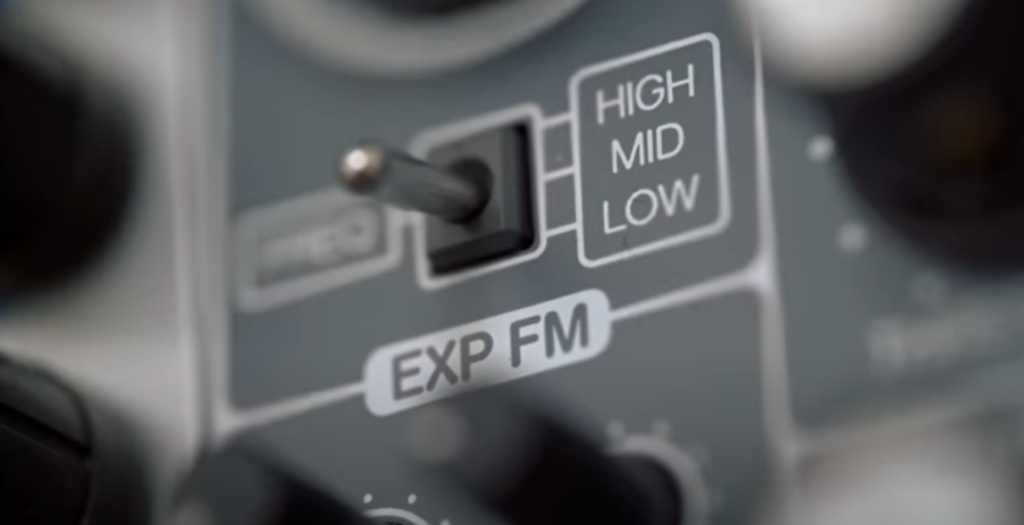
Types Of Modules
Modular synthesizers come in all shapes and sizes, with each module having a specific function. The most common types of modules are:
- VCO: Generates audio signals of different frequencies
Voltage-controlled oscillators are the heart of any modular synth. They generate audio signals of different frequencies, which can be manipulated by other modules in the system. The frequency of a VCO is determined by the voltage applied to its control input.
- VCF: filters sound frequencies to change the waveform
Voltage-controlled filter modules are used to alter the sound waveform by filtering out certain frequencies. The cutoff frequency is the voltage-controlled point at which the filter begins to take effect, making it possible to create filters that change sound over time.
- VCA: controls the amplitude (loudness) of the signal
Voltage-controlled amplifier modules are used to control the amplitude (loudness) of the signal. The level of the output signal can be controlled by a voltage, which makes it possible to create fading or gating effects.
- LFO: produces low-frequency sound waves, typically below 20Hz
Low-frequency oscillator modules are used to produce modulations at low frequencies, typically below 20Hz. These modulations can be used to create vibrato or tremolo effects, or to modulate other parameters of the synth such as the cutoff frequency of a filter.
- Envelope generator: the module creates envelope shapes that can be applied to other aspects of the audio, like the VCA
Envelope generator modules are used to create envelope shapes that can be applied to other modules, such as the VCA. Envelopes typically have four stages: attack, decay, sustain, and release. The time taken for each stage can be controlled, which makes it possible to create a wide range of different envelope shapes.
- Keyboard: used to play notes and send pitch voltages to other modules
Keyboard modules are used to play notes and send pitch voltages to other modules. Some keyboards can also generate gate signals, which can be used to trigger envelope generators or other modules.
- Sequencer: generates a series of voltage steps that can be used to control other modules
Sequencer modules are used to generate a series of voltage steps that can be used to control other modules. This makes it possible to create repeating patterns or melodies.
- Arpeggiator: generates a series of notes based on the notes played on the keyboard
Arpeggiator modules are used to generate a series of notes based on the notes played on the keyboard. This can be used to create arpeggio effects or complex chord progressions.
- Noise generator: produces random voltages that can be used to create noise effects
Noise generator modules are used to produce random voltages that can be used to create noise effects. White noise generators produce a uniform distribution of frequencies, while pink noise generators have a distribution that is weighted towards lower frequencies.
- MIDI interface: the modular synth can be MIDI-controlled, meaning that devices like keyboards and computers can send data to it
MIDI interface modules are used to allow the modular synth to be controlled by MIDI devices such as keyboards and computers. This makes it possible to use the synth as a controller for other MIDI devices, or to record and playback MIDI sequences. [2]
So, those are the basics of what is a modular synthesizer. If you’re looking to get into this fascinating world of sound design, be sure to check out our reviews of the best modular synthesizers on the market!
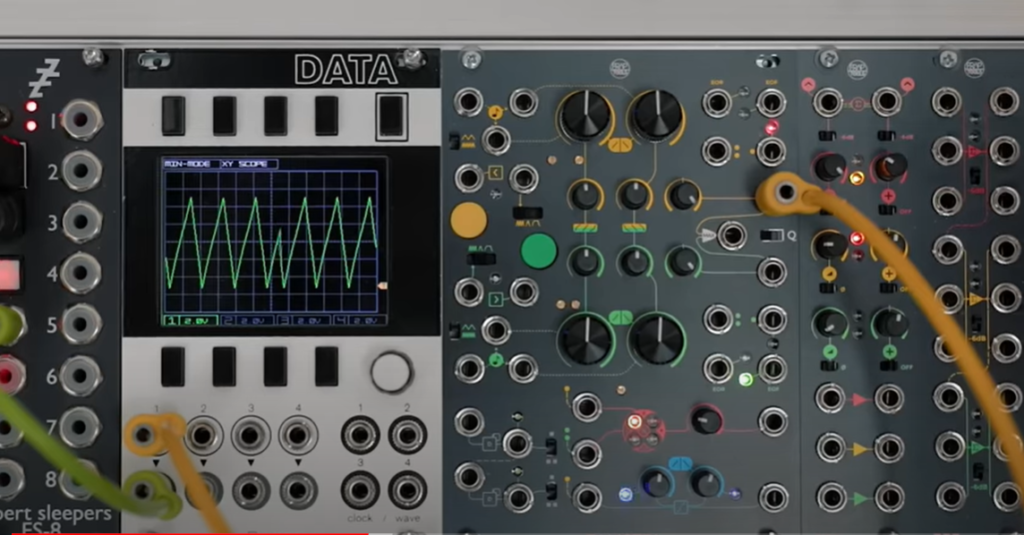
Technical specifications
Modular synthesizers are an electronic musical instrument that can be used to create any sound from simple basslines, textures and pads. Connecting modules together with patch cords creates the variety of sounds this synth offers.
Form Factors
Most modular synthesizers come in one of three form factors: desktop, Eurorack, and large-format. Desktop modules are self-contained units, often with their own power supply, keyboard, and other controls built in. Eurorack modules are standardized units that fit into a larger chassis (called a rack) and share a common power supply. Large-format modules are similar to Eurorack modules, but are much larger in size.
Electrical
Electrical engineering has come a long way since the days of vacuum tubes and electromechanical relays. In the early 20th century, these were state of the art technologies that powered everything from radios to computers. But by the end of the century, they had been replaced by semiconductor-based devices such as transistors and integrated circuits. Today, electrical engineers continue to push the boundaries of what is possible, making ever smaller and more powerful devices. One area of recent interest is in modular synthesizers. [3]
Semi-Modular Synthesizers
A semi-modular synthesizer is an electronic musical instrument that consists of multiple modules, each with a specific function. These modules are usually connected together with patch cords, and the arrangement of these connections determines the sound produced by the synth. Modular synths can be used to create any number of sounds, from simple basslines to complex textures and pads.

Matrix Systems
A matrix system is a type of modular synthesizer that uses a grid or matrix to connect different modules together. The most common type of matrix system is the 16×16 matrix, which has 16 inputs and 16 outputs. Matrix systems are very flexible, as they allow you to connect any input to any output. This means that you can route any signal to any module, which gives you a lot of control over the sound. Matrix systems are often used in live performance, as they allow you to quickly change the routing of signals on the fly. This flexibility comes at a price, however, as matrix systems can be very expensive.
Patch Override Systems
One of the systems that you’ll encounter while shopping for a modular synthesizer is a patch override system. This type of system is designed to give you more control over your sound by allowing you to “patch” or route different signal sources to different destinations within the synth. While this may seem like a relatively simple concept, it can have a profound impact on the way your modular synthesizer sounds.In a typical patch override system, you’ll have a series of input jacks (typically located on the front panel of the synth) that you can use to route any signal source into the synth. Once the signal is inside the synth, you can then use the patchbay to route it to any of the destinations within the synth. This gives you a tremendous amount of flexibility in terms of how you use your modular synthesizer.
Electronically Reconfigurable Systems
The term modular synthesizer can be used to describe any type of electronic system that is capable of being reconfigured by the user. This includes both analog and digital systems, as well as hybrid systems that combine elements of both. Modular synthesizers are often created by manufacturers as kits that can be assembled by the user, or they may be assembled from individual components that the user purchases separately. The advantage of modular synthesizers over other types of electronic musical instruments is that they can be customized to meet the specific needs of the user. This allows the user to create sounds that are not possible with other types of instruments. There are two main types of modular synthesizers: analog and digital. Analog modular synthesizers use analog signal processors to generate and process sound. These types of synthesizers are often preferred by musicians who want to create vintage-sounding music. Digital modular synthesizers, on the other hand, use digital signal processors to generate and process sound. Musicians who want to produce modern sounding music typically prefer these types of synthesizers. Hybrid modular synthesizers are also available, which combine elements of both analog and digital synthesizers. There are several factors to consider when choosing a modular synthesizer. The first is the type of sound that you want to create. If you’re looking to create music that sounds like it’s from a bygone era, an analog modular synthesizer is probably your best bet. If you want to create more modern sounding music, then a digital modular synthesizer is likely to be the best choice. With prices ranging from a few hundred dollars to several thousand, modular synthesizers offer an amazing variety of sounds for any budget. The next point to think about is how big the unit is. Some modular synthesizers are very small, while others are quite large. The fourth factor to consider is the power requirements. Some modular synthesizers require a lot of power, while others do not.The fifth and final factor to consider is the level of complexity. Some modular synthesizers are very simple and easy to use, while others are more complex and difficult to use. If you are a beginner, it is probably best to choose a modular synthesizer that is relatively simple to use.Once you have considered all of these factors, you should be able to narrow down your choices and choose the best modular synthesizer for your needs. [4]
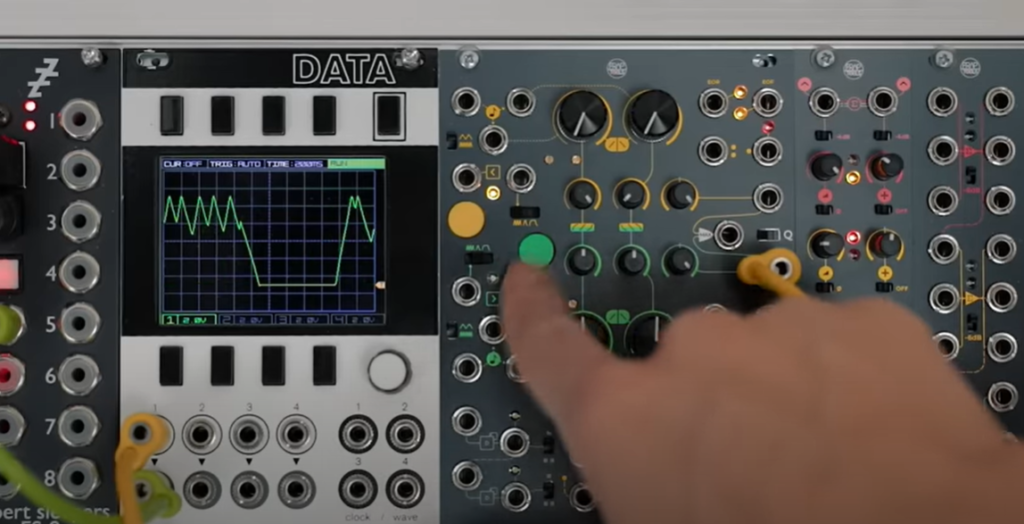
Hybrid Modular Synthesizers
In recent years, a new breed of modular synthesizer has been gaining in popularity: the hybrid modular. As the name suggests, these devices combine features of both Eurorack-style and desktop modules, giving users the best of both worlds.
One of the most notable hybrid mods on the market is the Make Noise 0-Coast. This unique instrument combines a traditional analog synth voice with a digital sound engine, allowing users to create rich, complex timbres that would be difficult to achieve with either type of synth on its own.
If you’re looking for a modular synth that offers the best of both worlds, a hybrid modular is an excellent choice. [5]
Understanding Modular Synthesizers: Components, Signal Paths, and Sound Generation
Explore the fascinating world of modular synthesizers by understanding their components, signal paths, and sound generation methods. This comprehensive table provides insights into the core elements of modular synthesis.
| Components | Signal Paths | Sound Generation Methods |
|---|---|---|
| Oscillators | Audio, Control Voltage (CV) | Waveform generation |
| Filters | Audio, CV | Tone shaping |
| Envelopes | CV | Dynamic sound shaping |
| LFOs (Low-Frequency Oscillators) | CV | Modulation and rhythmic effects |
| Sequencers | CV, Gate | Melodies and patterns |
Explanation of the Table:
- Components: Lists essential elements of a modular synthesizer.
- Signal Paths: Identifies the types of signals (audio and control voltage) that travel through these components.
- Sound Generation Methods: Describes the primary function of each component in generating sound.
Understanding these components, their signal paths, and their role in sound generation will give you insights into the world of modular synthesis:
Oscillators: Oscillators are responsible for generating waveforms, the foundational sound source in a modular synth. They produce audio and control voltage signals for pitch control.
Filters: Filters shape the tone by attenuating or emphasizing specific frequencies. They process both audio and control voltage signals, adding character to the sound.
Envelopes: Envelopes control the dynamic evolution of a sound. They typically work with control voltage signals to shape the amplitude of audio signals over time.
LFOs (Low-Frequency Oscillators): LFOs generate low-frequency waveforms used for modulation and rhythmic effects. They manipulate other components through control voltage signals.
Sequencers: Sequencers create melodies and patterns by sending control voltage and gate signals to various components, allowing for musical compositions in a modular context.
With this detailed knowledge, you’ll have a better understanding of the components, signal flow, and sound generation methods within modular synthesizers, making it easier to explore and experiment with sound design.
FAQ
What is a modular synthesizer used for?
A modular synthesizer can be used for a wide variety of tasks, from creating new and innovative sounds to recreating classic synth tones. Depending on the configuration of your system, you can use a modular synth for live performance, recording, or sound design. There are many benefits to using a modular synthesizer, including the ability to create unique sounds, the flexibility to reconfigure your system for different tasks, and the hands-on control that comes from working with physical modules. The cost of a modular synthesizer can vary greatly depending on the size and complexity of your system. A basic starter kit with a few modules can cost as little as $200, while a high-end system with a large number of modules can cost tens of thousands of dollars.
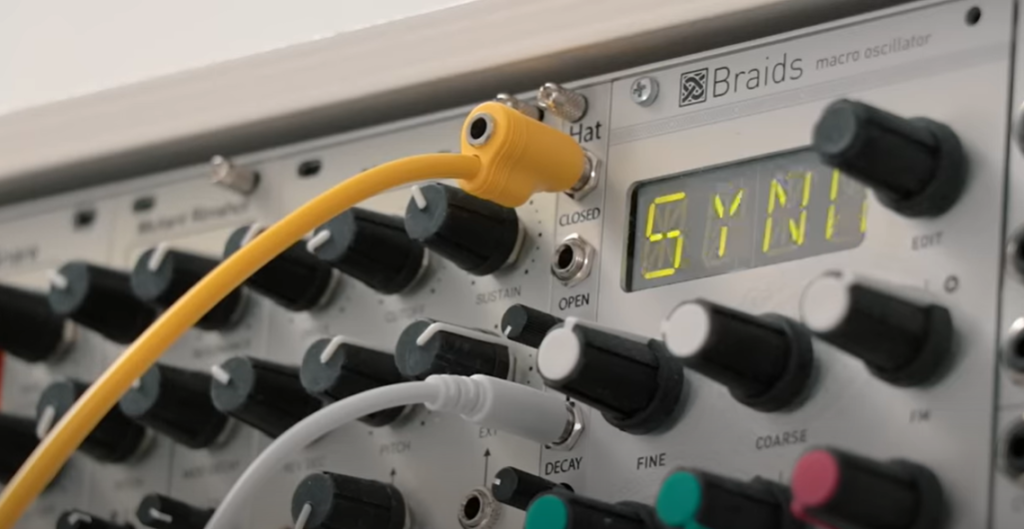
What are the three types of synthesizers?
There are three types of synthesizers: modular, monophonic, and polyphonic. Modular synthesizers are the most popular type today. The modular design of these machines allows users to create an infinite number of sounds by adding or removing modules. Monophonic synthesizers can only generate one note at a time, while polyphonic synthesizers can generate multiple notes simultaneously. A modular synthesizer is a type of synth that uses modules to create new sounds. A monophonic synth is a type of synth that can only generate one note at a time. A polyphonic synth is a type of synth that can generate multiple notes simultaneously.
What is a modular synth in music?
An electronic musical instrument, a modular synthesizer is made up of individual modules, each with its own specific function. You can put these units together in various ways to create different musical sounds. Modular synthesizers were first created in the early 1960s and became popularized in the 1970s by artists such as Klaus Schulze and Vangelis. One of the main benefits of using a modular synthesizer is that it allows the user to create unique sounds that would not be possible with other types of synthesizers. Modular synthesizers also offer a high degree of flexibility in terms of patching and routing options. One of the drawbacks of modular synthesizers is that they can be difficult to use, and patching errors can often lead to unpredictable results. Another downside is that because each module has a specific function, it can be hard to create complex sounds or sequences. There are three main types of modular synthesizers: analog, digital, and hybrid. Analog modular synthesizers use analog circuits to generate and process signals. These types of synthesizers tend to produce warm, organic sounds. Digital modular synthesizers use digital signal processing (DSP) to generate and process signals. These types of synthesizers often offer a wider range of sound-design possibilities but can sometimes sound cold and clinical. Hybrid modular synthesizers use a combination of analog and digital circuits to generate and process signals. These types of synthesizers offer the best of both worlds, providing access to both warm, organic sounds and more complex digital sound-design possibilities.
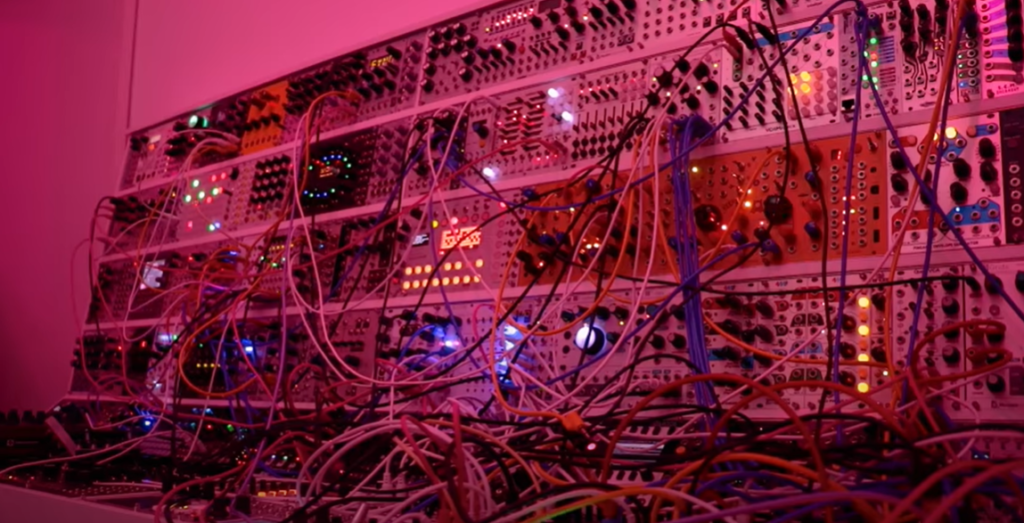
Do you need a keyboard for modular synth?
No, you don’t need a keyboard for modular synth. In fact, most modular synths don’t even have a keyboard. You can use any controller you want, including a MIDI keyboard, to play your modular synth. However, some of the most popular modular synths include the Moog Mother-32, Make Noise 0-Coast, and Roland System-1m. Modular synths are very versatile and can be used for a variety of different purposes. Some people use them for creating traditional synth sounds, while others use them for creating more experimental sounds. There are no rules when it comes to using a modular synth, so feel free to experiment and find what works best for you.
What is the best type of synthesizer?
This is a question that often gets asked in the music world, and unfortunately, there isn’t really a “one size fits all” answer. The best type of synthesizer for you depends on your own individual needs and preferences as a musician. However, there are definitely some types of synthesizers that are better suited for certain purposes than others. One type of synthesizer that has become increasingly popular in recent years is the modular synthesizer. Modular synthesizers are unique in that they are highly customizable and can be tailored to fit the specific needs of the musician. In this article, we’ll take a look at what exactly a modular synthesizer is and some of the benefits of using one. Although, before we explore that in more depth, let’s first touch on the various types of synthesizers offered for sale presently. There are three primary types of synthesizers: modular, digital, and analog. Analog synthesizers are the oldest type of synthesizer and they use analog signals to create sound. Digital synthesizers, on the other hand, use digital signals to create sound. Modular synthesizers are a combination of both analog and digital sound-making technology. They give you the best features from each type, letting your creativity flow with ease as soon as it’s set up.
Can a synthesizer sound like a piano?
Yes, a modular synthesizer can sound like a piano. In fact, many modular synthesizers have built-in piano emulation capabilities. However, the range of sounds that a modular synthesizer can create is much wider than that of a piano. A modular synthesizer can recreate the tones of any instrument, as well as create completely new and unique sounds. Also, because a modular synthesizer is composed of many individual modules, each with its own capabilities, the possibilities for sound creation are nearly endless.
Why is Eurorack so popular?
Eurorack is a popular format of modular synthesizer, due to its ease of use and modularity. The term “Eurorack” specifically refers to the form factor and power specifications used by a number of manufacturers in the synthesizer module market. Eurorack modules are often less expensive than other comparable modular systems, making it a more attractive option for many synthesizer users. Also, the Eurorack format is standardized, so users can easily mix-and-match modules from different manufacturers to create their own custom systems.
Worth noting is that the term “Eurorack” is not a brand name, like Moog or Roland. Rather, it refers to a specific type of modular synthesizer format that has become popular among many manufacturers and users.
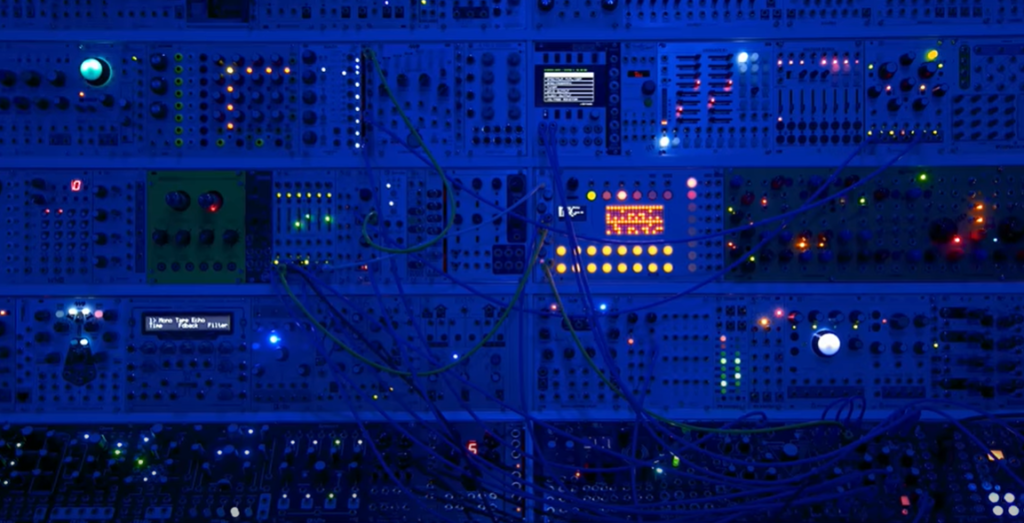
Is a modular synth analog?
Most modular synthesizers are analog, meaning that they generate and process audio signals using voltages. This is in contrast to digital synthesis, which uses computer code to generate and manipulate sounds.
However, there are a few digital modular synthesizers on the market. These tend to be more expensive than their analog counterparts, and they often don’t sound as good.
What was the first modular synth?
The first modular synth was the Voltage Controlled Studio, invented by Don Buchla in 1963. This early modular synthesizer was designed for use in recording studios, and it wasn’t until 1968 that Robert Moog introduced the first commercially available modular synthesizer. A modular synthesizer is a type of synthesizer that is composed of separate modules that each perform a specific function. The modules are then connected together to create the desired sound.Modular synthesizers can be either analog or digital, and they usually come in both desktop and Eurorack formats.
How does a modular synthesizer differ from traditional synthesizers?
A modular synthesizer differs from traditional synthesizers in its design and flexibility. Traditional synthesizers have fixed signal paths and integrated components, whereas modular synthesizers allow you to build and customize your signal path using individual modules. This modularity offers more flexibility and creative possibilities in sound synthesis.
What are the essential components or modules in a modular synthesizer?
Modular synthesizers consist of various modules that serve different functions. Common modules include oscillators (sound generators), filters (tone shapers), envelope generators (sound contour controllers), voltage-controlled amplifiers (VCAs), and modulation sources like LFOs (low-frequency oscillators). Users can choose and arrange these modules based on their creative goals.
How do you create sounds with a modular synthesizer, and what makes it unique for sound design?
With a modular synthesizer, you create sounds by connecting modules using patch cables to establish signal paths. The unique aspect of modular synthesis is that you have full control over the signal flow, allowing you to craft complex and experimental sounds. The hands-on nature of patching and adjusting modules provides a wide range of sonic possibilities.
Is prior experience in synthesis or electronic music necessary to use a modular synthesizer effectively?
Prior experience in synthesis or electronic music can be helpful when using a modular synthesizer, but it’s not always necessary. Many users start with no prior knowledge and learn by experimenting and exploring. Modular synthesis can be an intuitive and hands-on way to learn about sound design and electronic music.
Can modular synthesizers be integrated with traditional instruments or digital audio workstations (DAWs)?
Yes, modular synthesizers can be integrated with traditional instruments and DAWs. This integration often involves using audio interfaces and MIDI/CV converters to connect the modular system to external devices or software. This allows for hybrid setups and the incorporation of modular sounds into larger musical productions.
Useful Video: What is a modular synth?
Conclusion
So, what is a modular synthesizer? A modular synthesizer is an electronic musical instrument that allows the user to create their own sounds by patching together various modules. These modules can include oscillators, filters, envelope generators, and more. Modular synthesizers are often played with a keyboard or sequencer, but can also be played without one. They are a popular choice for electronic musicians and producers, as they offer a great deal of flexibility and creativity.
Whether you’re just getting started with modular synthesis or are looking for some new sounds to spice up your next mix, we’ve got the perfect synth kit that will fit any budget. Check out our list of top picks and find one today.
Do you have any questions about what a modular synthesizer is? Let us know in the comments below!
References:
- https://www.perfectcircuit.com/signal/what-is-a-modular-synthesizer
- https://en.wikipedia.org/wiki/Modular_synthesizer
- https://www.thomann.de/blog/en/modular-synthesizers-explained-simply/
- https://noiseengineering.us/blogs/loquelic-literitas-the-blog/what-is-a-modular-synthesizer
- https://www.musicradar.com/news/what-is-modular-synthesis


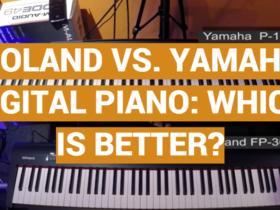

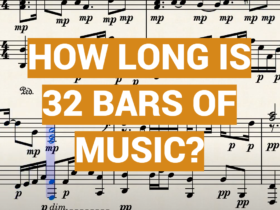
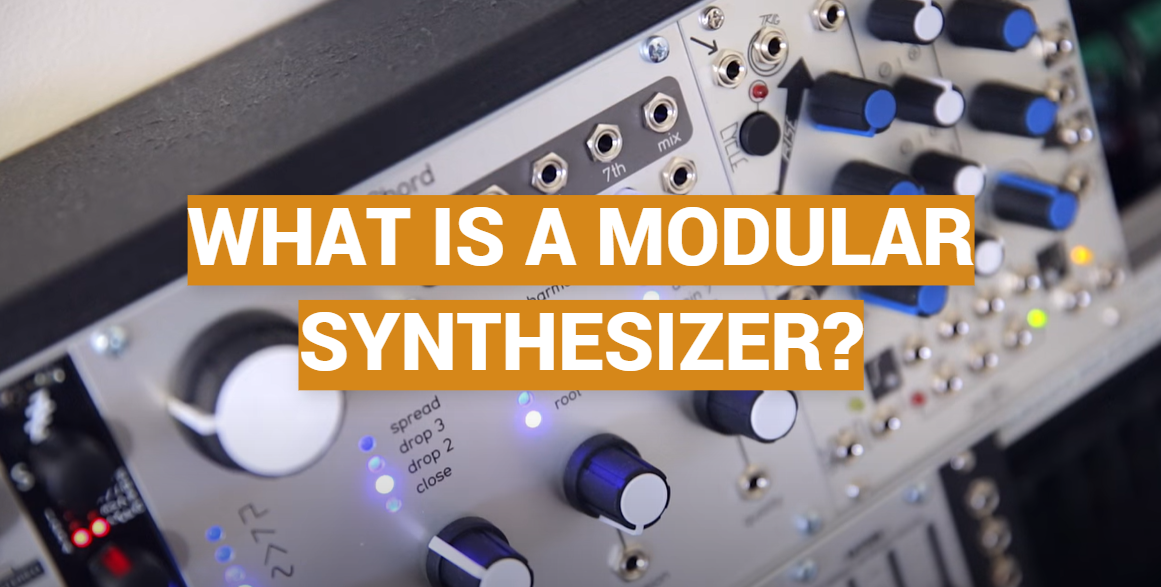




Leave a Reply